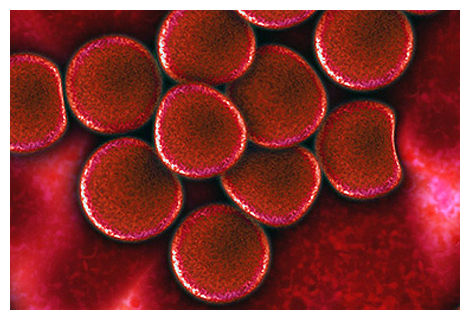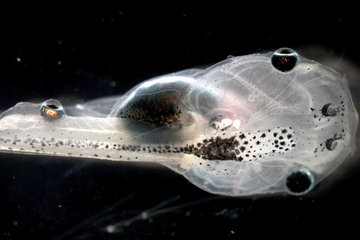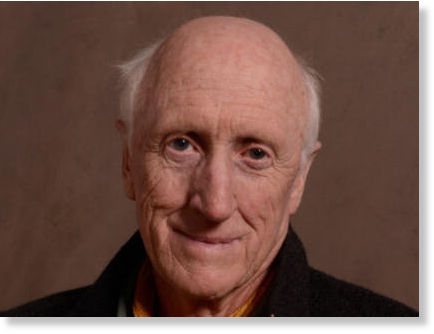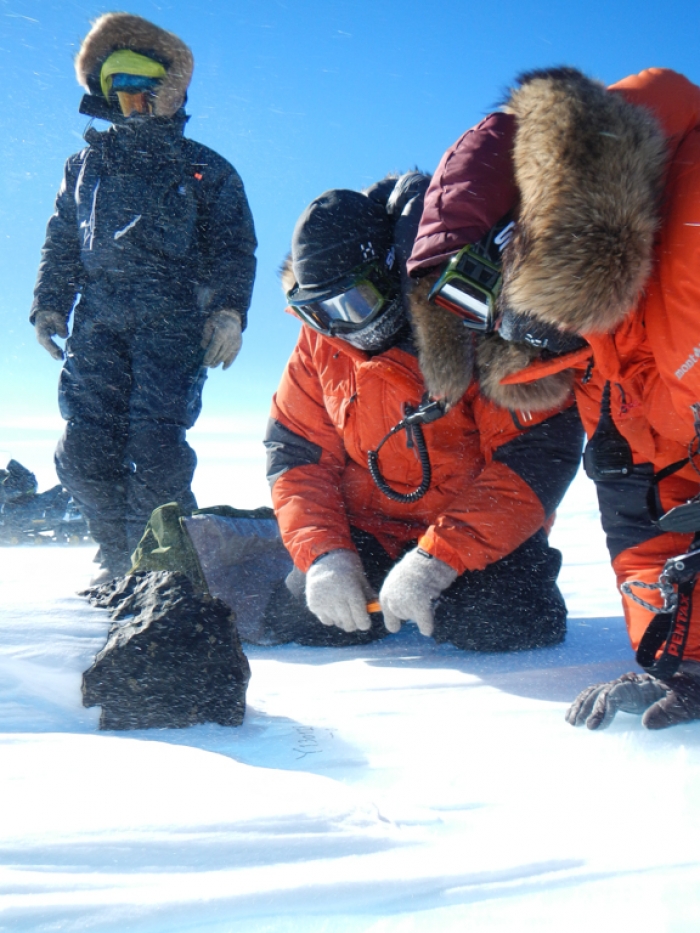
© http://bit.ly/YECC6M | Public domain
Blood has long been the focus of research -- but it still offers some surprises. A new study reveals that plasma, the fluid in which blood cells travel, behaves a bit like a solid on small scales.
Blood is a suspension of cells inside a liquid. As it flows, it delivers vital oxygen and nutrients to all parts of the body. By better understanding blood plasma -- a solution mostly made up of water that transports red and white blood cells, platelets, salts, proteins, and fats -- researchers can more accurately model the motion of blood within the human body and use that information to help develop artificial substitutes.
On a small scale, whole blood, like ketchup, acts elastic. Consider that scourge of restaurant diners: ketchup in a glass bottle. You shake and shake the bottle, but like a solid mass, the stubborn substance refuses to budge. Finally, the ketchup goes into fluid mode all at once, flooding the plate in red.
Scientists previously attributed this behavior to the blood cells floating in the plasma, not to the plasma itself. And tests suggested that plasma was indeed a normal fluid, exhibiting no side-to-side elasticity.
However, not all scientists agreed with the assumption that plasma was normal. With the rise of affordable high-speed cameras, they could attempt new tests of plasma's elongational elasticity. And one such experiment,
published in Physical Review Letters, has shown that plasma is not as simple as once believed.



